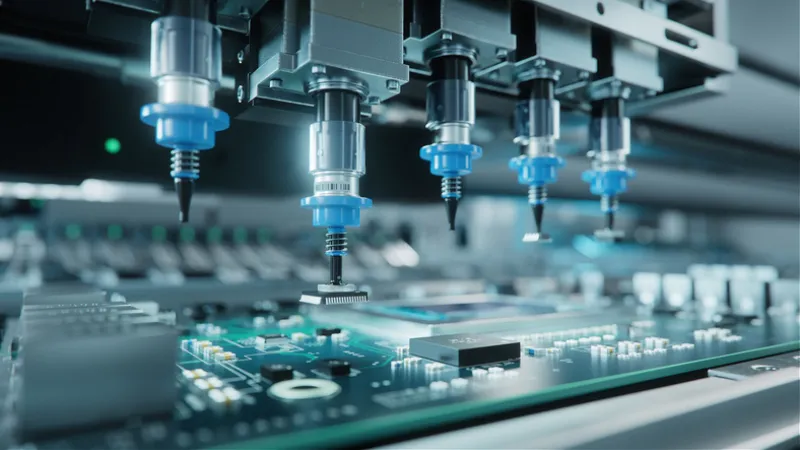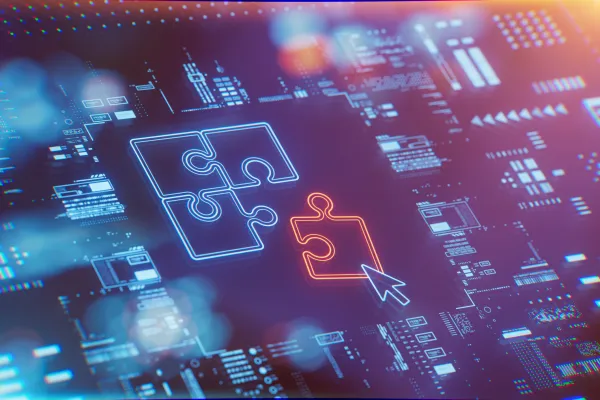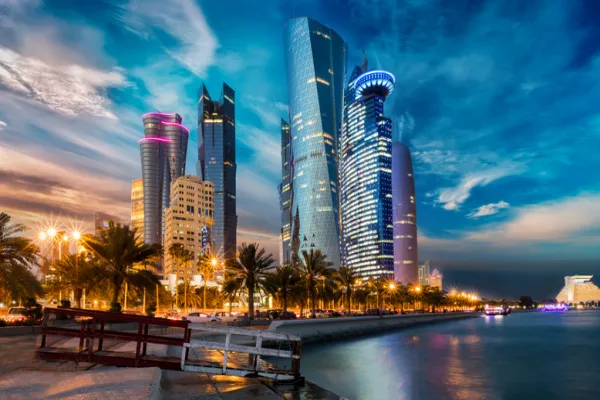Asset managers are increasingly looking to the mid-cap section of the market in a bid to capitalize on the rise of artificial intelligence.
The meteoric rise of ChatGPT and other large language models, or LLMs, has so far mostly benefited large cap players like Nvidia or TSMC. But the investment opportunity is now shifting to the middle of the market.
The next opportunities are more likely to be focused on power grids, data centers, and the manufacturing capabilities required to develop and maintain them, along with other intangible assets related to AI.
“A lot of your readers and investors I speak to think about artificial intelligence as some smart people in a room programming software or developing new chips, but in reality the industry is growing on a massive, massive scale that most people don’t have their arms around,” said Brad Neuman, investment strategist at Alger.
He added that Nvidia recently released predictions that the worldwide capital expenditure budget for artificial intelligence and data centers would reach $10 trillion globally from 2025 through 2030, with 60 percent of that contained in the U.S. because of its high concentration of data centers.
“That $6 trillion is comparable to the entire U.S. mobilization effort for World War II, so we're talking about moving a lot of rock and erecting a lot of AI factories. There is a tremendous amount of machinery and materials outside of chips that need to be put in place. You can call it a new industrial revolution, but there certainly must be a lot of tangible investment as well.”
This new wave of AI investment will include things like server farms and utilities to generate the power needed for AI, which are more likely to be found in the mid-cap segment, according to Dina Ting, head of global index portfolio management at Franklin Templeton.
But even mid-cap companies not directly tied to AI stand to benefit from the rise of the technology, she argued. Mid-cap firms “are the ones that tend to use AI tools, because they need to be nimble and remain competitive so that they can quickly grow different capabilities.”
She added that these companies generally have fewer resources than large-cap peers and therefore must explore growth from a different mindset.
“The best part about the mid cap is that the valuation is still attractive with a 30 percent discount relative to the large cap,” Ting said. “These companies are typically leaders in their respective segment but focused on specific areas, so they tend to be able to adjust to take advantage of the incentive, as well as to focus on new spending.”
Concentration Risks
And comes amid concerns that the S&P500 is overweight the biggest tech companies. The magnificent seven, which have all directed their focus to AI, currently comprise around a third of the value of the entire index. This only serves to exacerbate the concentration risk that comes from taking a passive investment approach, said Eric Veiel, head of global investments and chief investment officer at T.Rowe Price.
“We feel even more conviction now around the idea that the risk that you’re taking buying a passive benchmark is just continuing to grow because of concentration risk,” he said. “There’s a lot of people out there buying passive right now that don’t recognize the real concentration risk that they’re taking.”
The S&P500 is not a balanced portfolio any longer, as it has been in the past, he added. This could make mid-cap equities more attractive from an allocation perspective in the long term.







